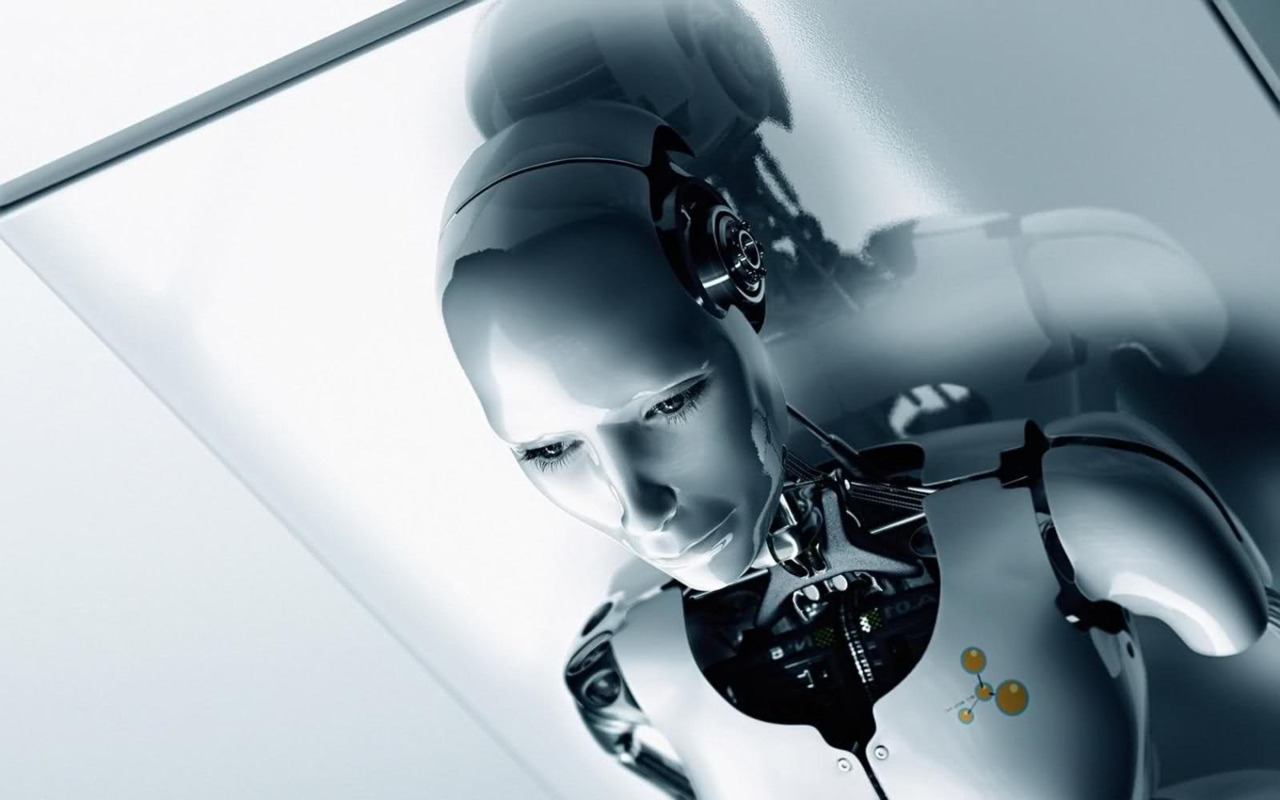
The advanced area of robotics produces a wide variety of equipment, from autonomous vacuums to surveillance drones to whole manufacturing lines.
The robot needs to create steps and interests depending on the present scenario and the concrete configuration of the robot.
The significance of Asimov’s three laws of robots is apparent. The amount of software that impacts us is growing behind data mining and machine education whether we are browsing the internet or assigning public infrastructure.
These advances led to a period when robots of all sorts are ubiquitous in virtually every area of life, and interactions between human-robot are growing substantially.
Three Laws of Robotics
Asimov’s gives rules to safeguard people against robotic interactions. They are:
- A robot cannot hurt a person or enable a person to harm via inactivity.
- A robot must obey human beings’ guidance unless such commands contradict the first law.
- Since these security does not contradict the First and Second Laws, a robot should safeguard its existence.
In contemporary robotics, one tendency is to expand robots’ function to offer a specially built machine that works or is shielded from human tasks in a detailed description.
Instead, robots share living and working environments more with people and serve as servants, companies and collaborators. Moreover, it will make autonomous robots more complex and innovative in the ahead.
This means that its functioning must be direct by a general. Higher level of instruction to cope effectively with previously unforeseen and unexpected circumstances.
After robotic control has to deal but, standardized regulations are necessary to respond to a certain situation.
Although these rules seem reasonable, many arguments have shown why they are insufficient.
In Asimov’s tales, the rules are probably deconstructed, demonstrating how they fail in various circumstances repeatedly.
The Existence of Robots Affects the Life of Humans.
Most efforts to write new standards follow a similar concept, ensuring that robots are safe, compliant and strong.
One problem with robot regulations is that robots may operate in a framework with them.
Understanding the entire range and expertise of a natural speech is an extremely difficult task for a robot.
Broad behavioural objectives like avoiding damage to people or preserving the existence of a robot may imply various things in different situations.
Keeping to the rules may eventually make a robot unhelpful for its designers.
Empowerment
Our alternative idea, empowerment, stands against impotence. Empowerment is that you can affect a condition and understand how you can.
We have methods to convert this social notion into a measurable strategic and functional language.
This would enable robots to keep their choices open and behave so that their impact on the world is better.
In trying to simulate how robots in different situations might utilize the empowerment principle, we discovered that they frequently acted remarkably “naturally.”
Normally, they need to simulate how the actual world works but do not need specific artificial intelligence software that deals with the particular situation.
But to keep humans safe, robots must attempt to preserve or enhance their own and human capabilities.
In essence, this means being safe and helpful. For example, entering a locked door would enhance your capacity.
Reducing their capacity get to a short-term loss of power. And robots may severely damage their empowerment.
At the same time, each robot has to preserve its capacity, for example, by guaranteeing that it has adequate power to function and that it is not trapped or broken.
Although empowerment provides a novel method for safe robot behaviour, we always have a bit to accomplish to enhance its productivity and apply it on any machine and maintain safety.
This presents an extremely challenging task. However, we firmly believe that empowerment must bring practical responses to strengthening mechanical behaviour and sustaining robots in the essential sense.
Frequently Asked Questions
Why are the three laws of robotics flawed?
The first law is unsuccessful because of languages ambiguity and difficult ethical issues that are too hard to respond to simple yes or no. The Second Law does not exist because of the evil character of the law, which forces sentient creatures to be servants.
Are the robotics three laws real?
A robot cannot hurt humanity or enable mankind to damage through inactivity. They also impact the morality of artificial intelligence.
Will robots replace humans?
Yes, robotics will replace people for many professions as clever agricultural equipment displaced human beings and horses mostly during industrialization.
Factory platforms deploy more and more robots powered by machine learning techniques to adapt to work with humans.
Conclusion
However, Asimov’s greatest issue is that they can only be entirely successful if every robot or computer has been thoroughly integrated with them.
The possibility of some people constructing a robot that failed to comply with the Asimov rules is of genuine worry, as is the danger for people to create another weapon of mass devastation.
But people will be humans irrespective of what anybody does. So there is no way to prevent people from murdering themselves, regardless of the means they have.
Surely the person who tries to build a robot without those rules would have to face serious sanctions. But the issue doesn’t fix it.
A human-computer might produce a far more powerful and distorted computer much more quickly than humans can do in defence.
Grham James

